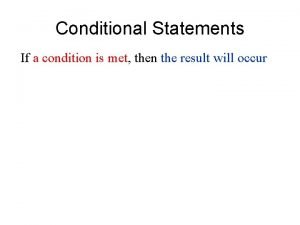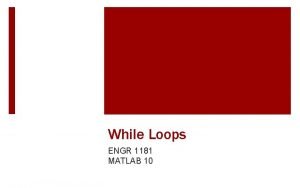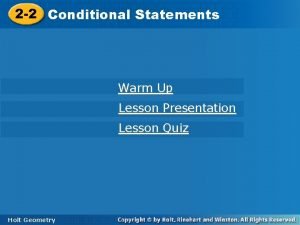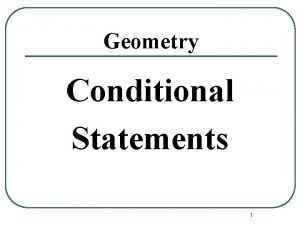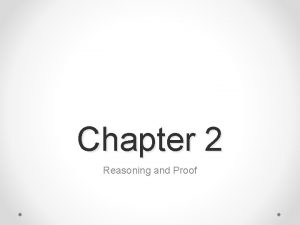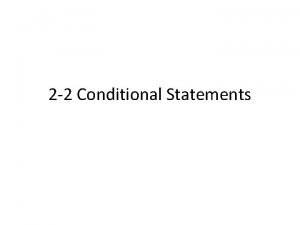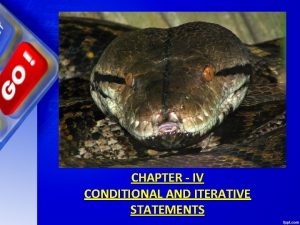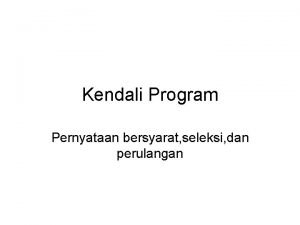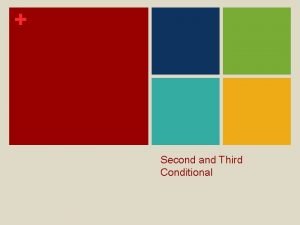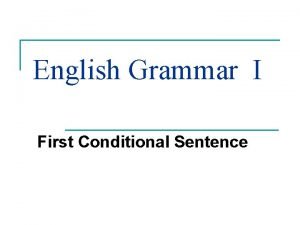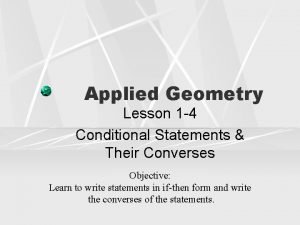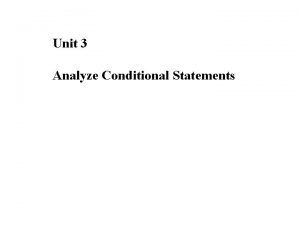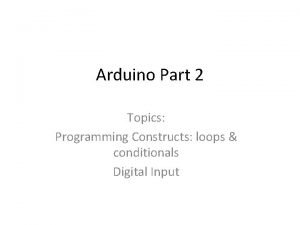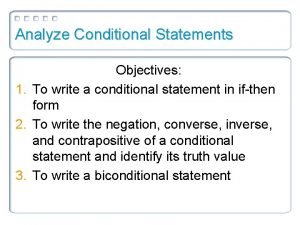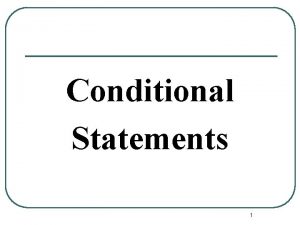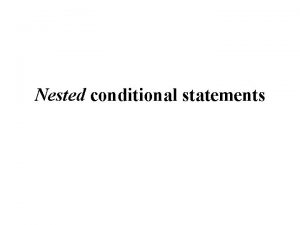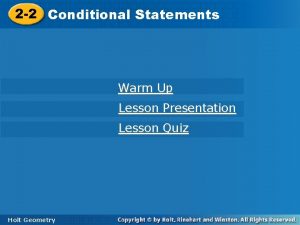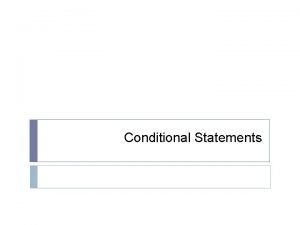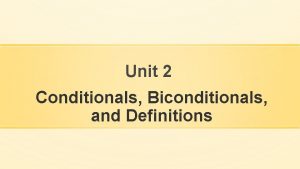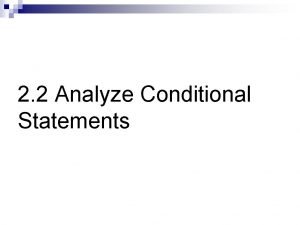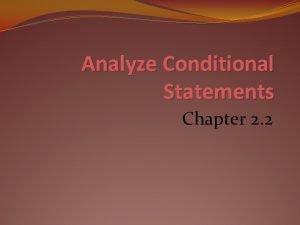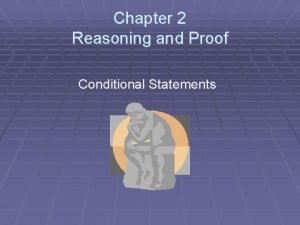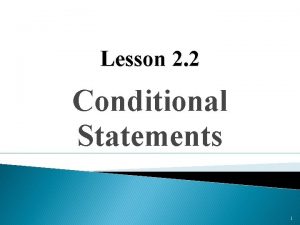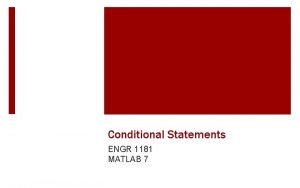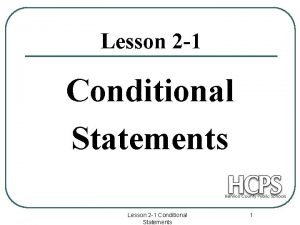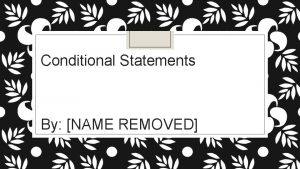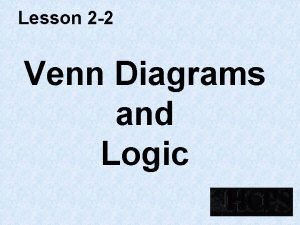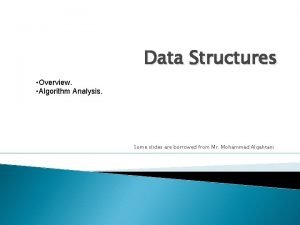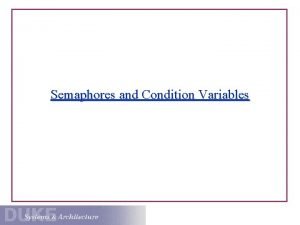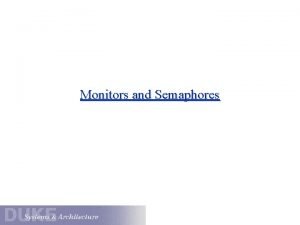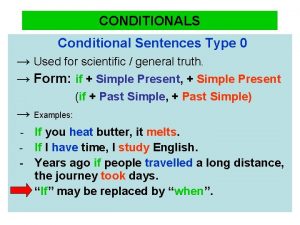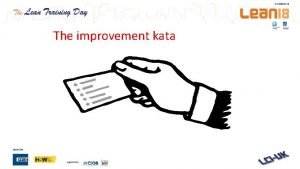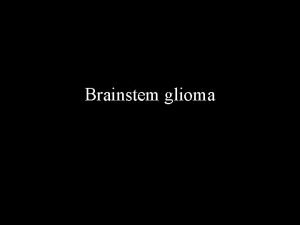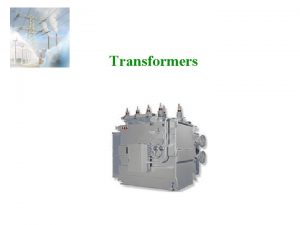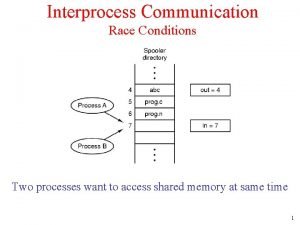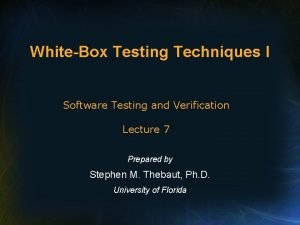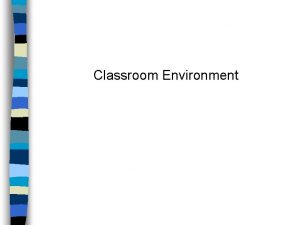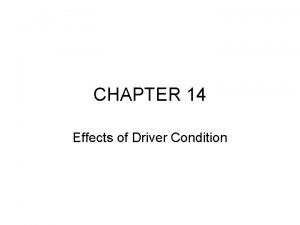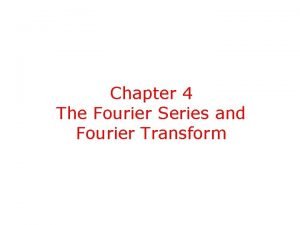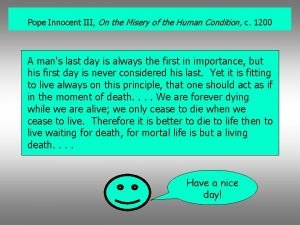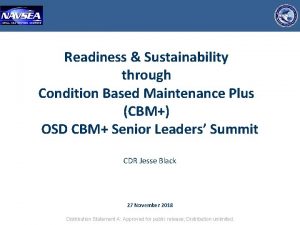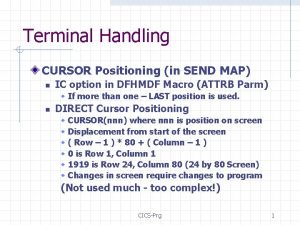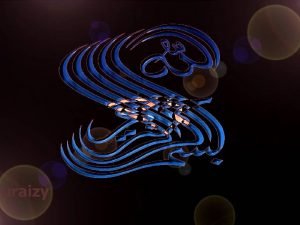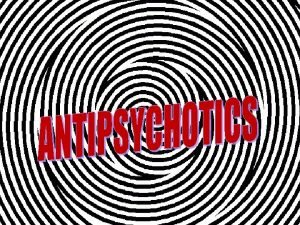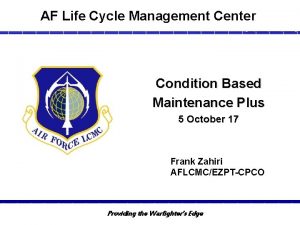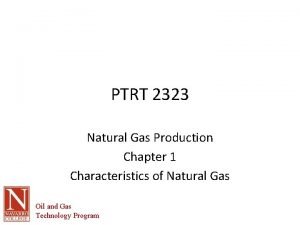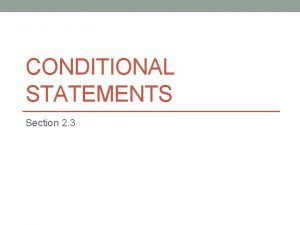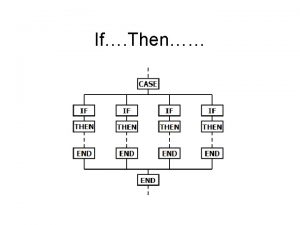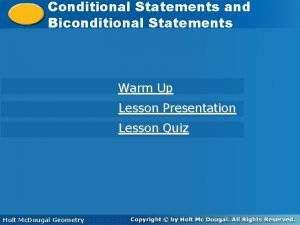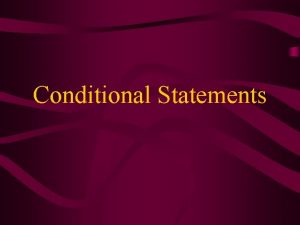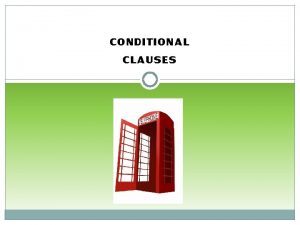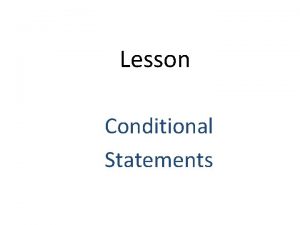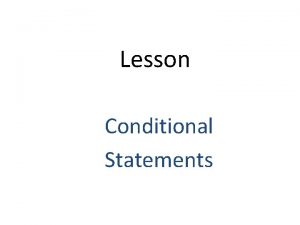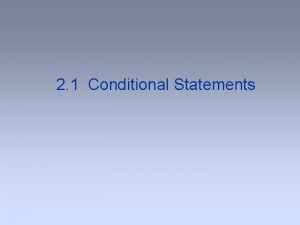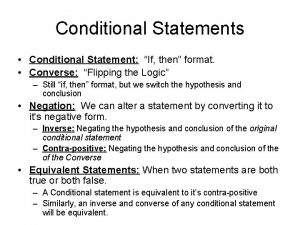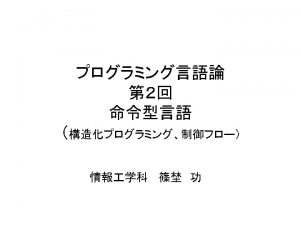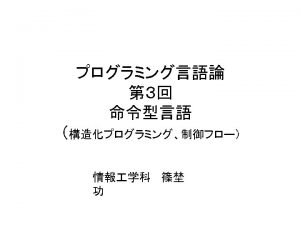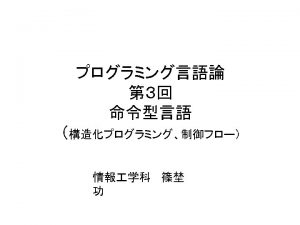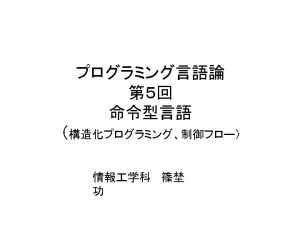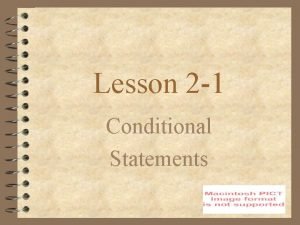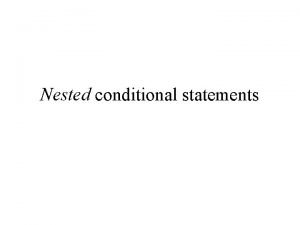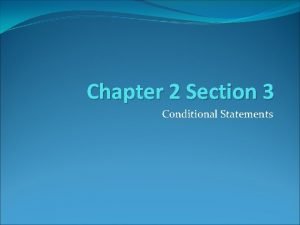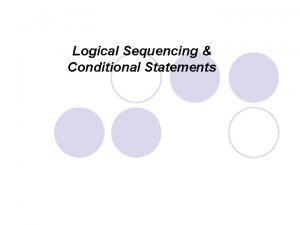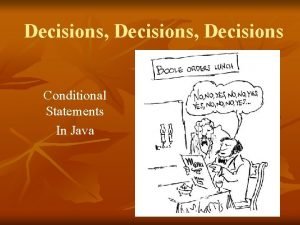Conditional Statements If a condition is met then






























































- Slides: 62

Conditional Statements If a condition is met, then the result will occur

Conditional Statements If a condition is met, then the result will occur Hypothesis: a condition is met

Conditional Statements If a condition is met, then the result will occur Hypothesis: a condition is met (antecedent) Conclusion: the result will occur (consequent)

Conditional Statements If a condition is met, then the result will occur Let p = a condition is met Let q = the result will occur

Conditional Statements If a condition is met, then the result will occur Let p = a condition is met Let q = the result will occur If a condition is met, then the result will occur

Identify the hypothesis and conclusion for each of the following:

Identify the hypothesis and conclusion for each of the following: If you build it, then he will come

Identify the hypothesis and conclusion for each of the following: If you build it, then he will come Hypothesis: you build it Conclusion: he will come

Identify the hypothesis and conclusion for each of the following: If the forecast is for rain, then I will take my umbrella

Identify the hypothesis and conclusion for each of the following: If the forecast is for rain, then I will take my umbrella Hypothesis: the forecast is for rain Conclusion: I will take my umbrella

Identify the hypothesis and conclusion for each of the following: If a polygon has six sides, then it is a hexagon

Identify the hypothesis and conclusion for each of the following: If a polygon has six sides, then it is a hexagon Hypothesis: a polygon has six sides Conclusion: it is a hexagon

Identify the hypothesis and conclusion for each of the following, then write the statement in If…then form. A number is divisible by 10 if its last digit is a 0

Identify the hypothesis and conclusion for each of the following, then write the statement in If…then form. A number is divisible by 10 if its last digit is a 0 Hypothesis: the last digit of a number is 0 Conclusion: the number is divisible by 10

Identify the hypothesis and conclusion for each of the following, then write the statement in If…then form. A number is divisible by 10 if its last digit is a 0 Hypothesis: the last digit of a number is 0 Conclusion: the number is divisible by 10 If the last digit of a number is 0, then it is divisible by 10

Identify the hypothesis and conclusion for each of the following, then write the statement in If…then form. Another performance will be scheduled if the first one is sold out

Identify the hypothesis and conclusion for each of the following, then write the statement in If…then form. Another performance will be scheduled if the first one is sold out Hypothesis: the first performance is sold out Conclusion: another performance will be scheduled

Identify the hypothesis and conclusion for each of the following, then write the statement in If…then form. Another performance will be scheduled if the first one is sold out Hypothesis: the first performance is sold out Conclusion: another performance will be scheduled If the first performance is sold out, then another one will be scheduled

Identify the hypothesis and conclusion for each of the following, then write the statement in If…then form. A mammal is a warm blooded animal

Identify the hypothesis and conclusion for each of the following, then write the statement in If…then form. A mammal is a warm blooded animal Hypothesis: an animal is a mammal Conclusion: it is a warm blooded animal

Identify the hypothesis and conclusion for each of the following, then write the statement in If…then form. A mammal is a warm blooded animal Hypothesis: an animal is a mammal Conclusion: it is a warm blooded animal If an animal is a mammal, then it is a warm blooded animal

Identify the hypothesis and conclusion for each of the following, then write the statement in If…then form. A prism with bases that are regular polygons is a regular prism

Identify the hypothesis and conclusion for each of the following, then write the statement in If…then form. A prism with bases that are regular polygons is a regular prism Hypothesis: a prism has bases that are regular polygons Conclusion: it is a regular prism

Identify the hypothesis and conclusion for each of the following, then write the statement in If…then form. A prism with bases that are regular polygons is a regular prism Hypothesis: a prism has bases that are regular polygons Conclusion: it is a regular prism If a prism has bases that are regular polygons, then it is a regular prism

Identify the hypothesis and conclusion for each of the following, then write the statement in If…then form. Four quarters can be exchanged for a dollar

Identify the hypothesis and conclusion for each of the following, then write the statement in If…then form. Four quarters can be exchanged for a dollar Hypothesis: you have four quarters Conclusion: you can exchange them for a dollar

Identify the hypothesis and conclusion for each of the following, then write the statement in If…then form. Four quarters can be exchanged for a dollar Hypothesis: you have four quarters Conclusion: you can exchange them for a dollar If you have four quarters, then you can exchange them for a dollar

Identify the hypothesis and conclusion for each of the following, then write the statement in If…then form. The sum of the measures of two supplementary angles is 180°

Identify the hypothesis and conclusion for each of the following, then write the statement in If…then form. The sum of the measures of two supplementary angles is 180° Hypothesis: two angles are supplementary Conclusion: the sum of the measures of their angles is 180°

Identify the hypothesis and conclusion for each of the following, then write the statement in If…then form. The sum of the measures of two supplementary angles is 180° Hypothesis: two angles are supplementary Conclusion: the sum of their measures is 180° If two angles are supplementary, then the sum of their measures is 180°

Truth Values of Conditional Statements Mr. Falemawl made the following statement to four of his students, Gene, Paul, Peter and Ace. “If you do all of your homework, then you will pass this class. ”

Truth Values of Conditional Statements Mr. Falemawl made the following statement to four of his students, Gene, Paul, Peter and Ace. “If you do all of your homework, then you will pass this class. ” Gene did all of his homework, and he passed the class Paul did all of his homework, but he failed the class Peter did not do all of his homework, but still passed the class Ace did not do all of the homework, and he failed the class

“If you do all of your homework, then you will pass this class. ” To which, if any, of these students did Mr. Falemawl lie? Gene did all of his homework, and he passed the class Paul did all of his homework, but he failed the class Peter did not do all of his homework, but still passed the class Ace did not do all of the homework, and he failed the class

For each of these statement below, if Mr. Falemawl lied, then put an F at the end of the statement. If Mr. Falemawl did NOT lie, then place a T at the end of the statement. Gene did all of his homework, and he passed the class Paul did all of his homework, but he failed the class Peter did not do all of his homework, but still passed the class Ace did not do all of the homework, and he failed the class

Let p represent the statement “did the homework” and let q represent the statement “passed the class. ” Place the symbols T and F in the blanks in order to represent each of the four statements about Gene, Paul, Peter and Ace. Then determine the truth value of each statement.

Let p represent the statement “did the homework” and let q represent the statement “passed the class. ” Place the symbols T and F in the blanks in order to represent each of the four statements about Gene, Paul, Peter and Ace. Then determine the truth value of each statement.


Warm Up Identify the hypothesis and conclusion of the following statement, then write the negation of the hypothesis and the negation of the conclusion If next month is August, then this month is July

Warm Up Identify the hypothesis and conclusion of the following statement, then write the negation of the hypothesis and the negation of the conclusion If next month is August, then this month is July Hypothesis: next month is August Conclusion: this month is July

Warm Up If next month is August, then this month is July Hypothesis: next month is August Conclusion: this month is July Negation: next month is not August Negation: this month is not July

Converse, Inverse and Contrapositive

Find the converse, inverse and contrapositive of If next month is August, then this month is July

Find the converse, inverse and contrapositive of If next month is August, then this month is July Converse: If this month is July, then next month is August

Find the converse, inverse and contrapositive of If next month is August, then this month is July Converse: If this month is July, then next month is August Inverse: If next month is not August, then this month is not July

Find the converse, inverse and contrapositive of If next month is August, then this month is July Converse: If this month is July, then next month is August Inverse: If next month is not August, then this month is not July Contrapositive: If this month is not July, then next month is not August

Find the Truth Value of each statement Statement: If next month is August, then this month is July True Converse: If this month is July, then next month is August True Inverse: If next month is not August, then this month is not July True Contrapositive: If this month is not July, then next month is not August True

Related Conditionals Statement Converse Inverse Contrapositive

Write the converse, inverse and contrapositive of the statement below. Then determine the truth value of each of the four statements If an animal is a lion, then it is a cat that can roar True

Write the converse, inverse and contrapositive of the statement below and determine the truth value of each of the four statements If an animal is a lion, then it is a cat that can roar Converse If an animal is a cat that can roar, then it is a lion False

Write the converse, inverse and contrapositive of the statement below and determine the truth value of each of the four statements If an animal is a lion, then it is a cat that can roar Inverse If an animal is not a lion, then it is not a cat that can roar False

Write the converse, inverse and contrapositive of the statement below and determine the truth value of each of the four statements If an animal is a lion, then it is a cat that can roar Contrapositive If an animal is not a cat that can roar, then it is not a lion True

If an animal is a lion, then it is a cat that can roar Statement Converse Inverse Contrapositive

Write the converse, inverse and contrapositive of the statement below. Then determine the truth value of each of the four statements If two angles have the same measure, then they are congruent True

Write the converse, inverse and contrapositive of the statement below and determine the truth value of each of the four statements If two angles have the same measure, then they are congruent Converse If two angles are congruent, then they have the same measure True

Write the converse, inverse and contrapositive of the statement below and determine the truth value of each of the four statements If two angles have the same measure, then they are congruent Inverse If two angles do not have the same measure, then they are not congruent True

Write the converse, inverse and contrapositive of the statement below and determine the truth value of each of the four statements If two angles have the same measure, then they are congruent Contrapositive If two angles are not congruent, then they do not have the same measure. True

If two angles have the same measure, then they are congruent Statement Converse Inverse Contrapositive

Write the converse, inverse and contrapositive of the statement below. Then determine the truth value of each of the four statements If a number is divisible by 2, then it is divisible by 4 False

Write the converse, inverse and contrapositive of the statement below and determine the truth value of each of the four statements If a number is divisible by 2, then it is divisible by 4 Converse If a number is divisible by 4, then it is divisible by 2 True

Write the converse, inverse and contrapositive of the statement below and determine the truth value of each of the four statements If a number is divisible by 2, then it is divisible by 4 Inverse If a number is not divisible by 2, then it is not divisible by 4 True

Write the converse, inverse and contrapositive of the statement below and determine the truth value of each of the four statements If a number is divisible by 2, then it is divisible by 4 Contrapositive If a number is not divisible by 4, then it is not divisible by 2. False

If two angles have the same measure, then they are congruent Statement Converse Inverse Contrapositive
 Geometrical symbol
Geometrical symbol Condition is met
Condition is met Matlab do while
Matlab do while Inverse of a statement geometry
Inverse of a statement geometry Conditional statements geometry
Conditional statements geometry Unit 2 homework 3 conditional statements
Unit 2 homework 3 conditional statements Inverse conditional
Inverse conditional Latin conditional sentences
Latin conditional sentences Iterative statements
Iterative statements Flowchart do while
Flowchart do while Conditional past
Conditional past First conditional grammar rules
First conditional grammar rules Conditional geometry
Conditional geometry Unit 3 lesson 1 conditional statements
Unit 3 lesson 1 conditional statements Arduino conditional statements
Arduino conditional statements Conditional statement symbol
Conditional statement symbol Definition of conditional statement
Definition of conditional statement Nested conditional statements
Nested conditional statements 2-2 conditional statements
2-2 conditional statements Switch and negate the hypothesis and conclusion
Switch and negate the hypothesis and conclusion Conditionals and biconditionals
Conditionals and biconditionals Biconditional statement in java
Biconditional statement in java If you are a guitar player then you are a musician inverse
If you are a guitar player then you are a musician inverse Proving conditional statements
Proving conditional statements Conditional statement
Conditional statement Conditional statements matlab
Conditional statements matlab Conditional and time clauses
Conditional and time clauses Conditional statement examples
Conditional statement examples Conditional and converse statements
Conditional and converse statements If then venn diagram
If then venn diagram Five r's of note taking
Five r's of note taking Post condition loop pseudocode
Post condition loop pseudocode Semaphore vs condition variable
Semaphore vs condition variable Mesa semantics
Mesa semantics Conditionnel type 0
Conditionnel type 0 Exit condition
Exit condition Condition
Condition Introduction of transformer
Introduction of transformer Race condition in interprocess communication
Race condition in interprocess communication Condition coverage
Condition coverage Gearbox condition monitoring
Gearbox condition monitoring Physical condition of the classroom
Physical condition of the classroom Chapter 14 effects of driver condition
Chapter 14 effects of driver condition Fourier transform
Fourier transform Pediatric condition falsification
Pediatric condition falsification Conditionnelle reelle
Conditionnelle reelle Prerequisite of equality
Prerequisite of equality Motet definition
Motet definition Patient condition
Patient condition Need for biasing
Need for biasing Latent conditions
Latent conditions Open phase condition
Open phase condition Cbm+ navy
Cbm+ navy Facility condition index
Facility condition index Eibcposn
Eibcposn Pathological condition
Pathological condition Karnaugh map 2 variables
Karnaugh map 2 variables Terms of trade formula
Terms of trade formula Dementia is a condition characterized by
Dementia is a condition characterized by Abnormal condition of the mind:
Abnormal condition of the mind: Condition based maintenance lifecycle
Condition based maintenance lifecycle Convert 116⁰f to ⁰c
Convert 116⁰f to ⁰c Condition
Condition

